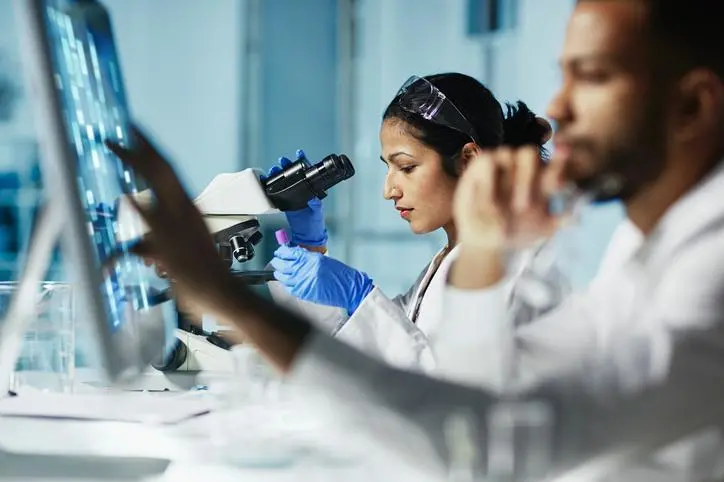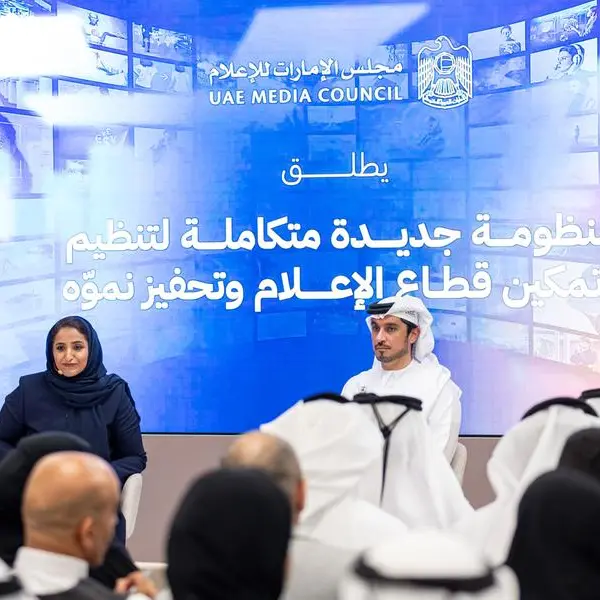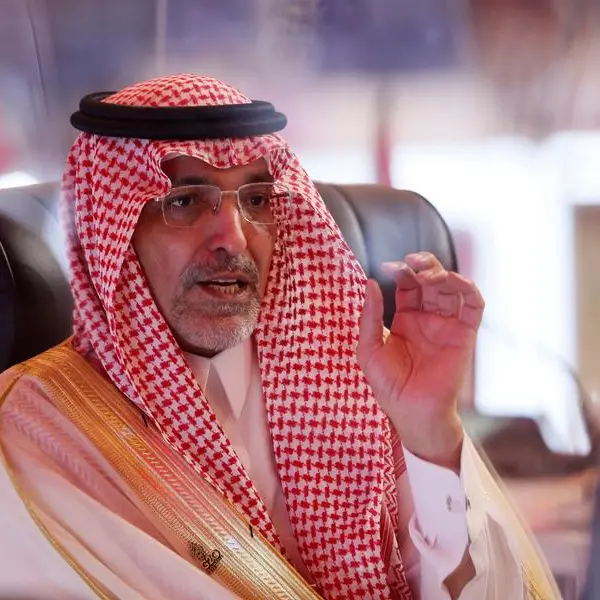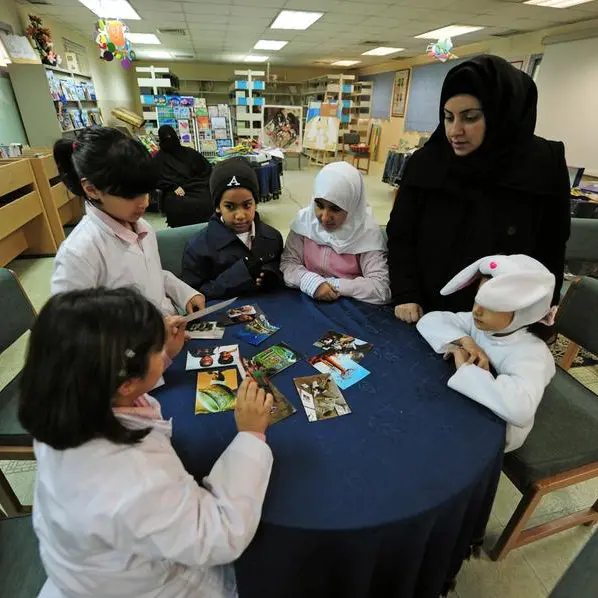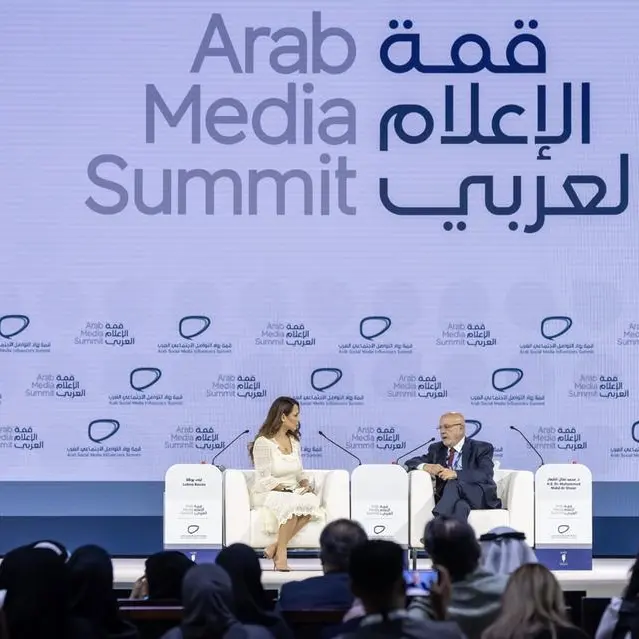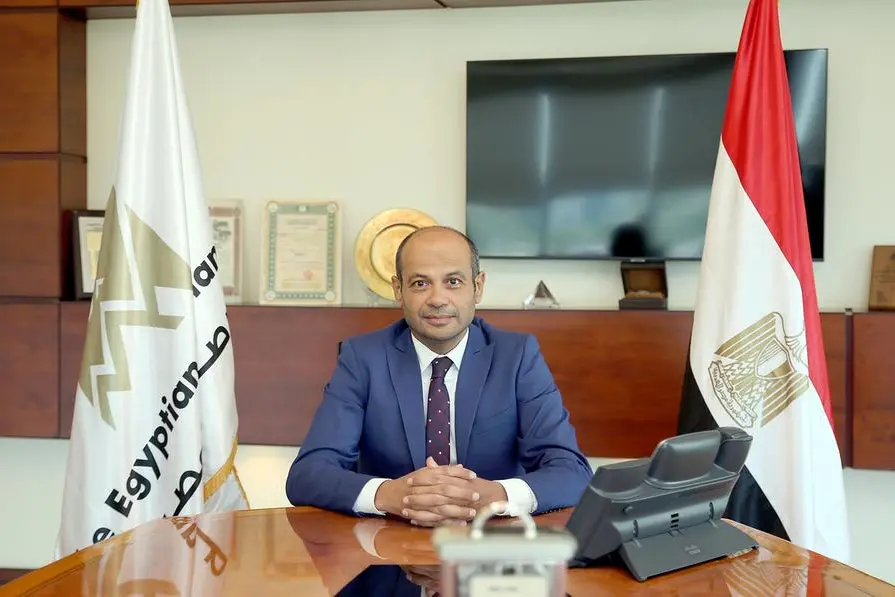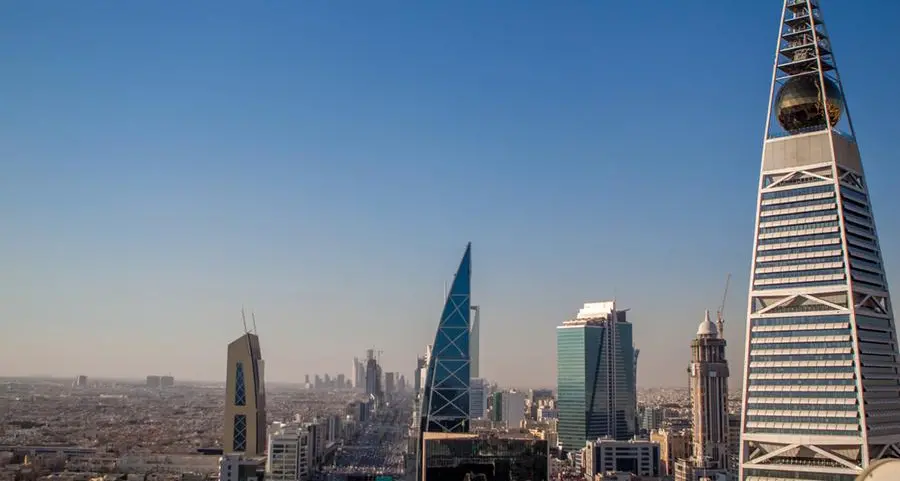PHOTO
Image used for illustrative purpose. Scientist Working on Computer In Modern Laboratory. Getty Images
A Qatar University (QU) research team led by Prof Syed Javaid Zaidi, Unesco Chair in Desalination and Water Technology, have pioneered a sustainable method for the preparation of innovative nanomaterial, graphene quantum dots (GQDs) from date palm leaf waste.
This trailblazing approach, which began its journey in January 2022, uses water as a solvent, achieving a virtually chemical-free synthesis of GQDs and spotlighting a notable advancement in eco-friendly scientific methods, a statement said Tuesday.
GQDs have transformative potential for TV, laptop, and mobile screens. Due to their ability to absorb and emit a wide spectrum of light, screens can display richer colours. Their high quantum yield can lead to brighter displays while using less power, extending battery life in portable devices.
The inherent flexibility of GQDs can enable the creation of bendable screens, and their stability promises longer-lasting displays. All these properties combined can result in slim, efficient, and vibrant displays, although their commercial application is still under research. Currently, the team is harnessing the synthesized material as a nanomaterial to enhance the performance of desalination membranes, specifically improving their wettability and anti-fouling characteristics.
Prof Zaidi expressed profound enthusiasm about this achievement, saying: “Beyond the evident scientific strides, this innovation is a testament to how local resources can be transformed into cutting-edge solutions. It encapsulates the spirit of sustainable advancement, intertwined with national heritage. This synthesis not only underscores our commitment to environmentally centered research but undeniably boosts our national pride.”
The significance of this discovery gains even more weight when one considers the context of the Gulf countries, including Qatar, where date palm is the main fruit tree produced in the nation. Date palm is a major agricultural product in the semi-arid and arid areas of the world, particularly in Qatar and in the other GCC countries.
The region is dotted with vast stretches of date palm trees, an intrinsic part of the cultural and natural landscape. The date production internationally has increased from 7.1 to 9.45mn metric tonnes from 2010 to 2020 and there are over 62mn date palms in the Middle East and North Africa. Qatar is the 16th largest date-producing nation in the world and as of 2010, there were 581,336 date palm trees covering 2,469 hectares, producing 21,491 metric tonnes of dates.
These trees generate high quantities of agricultural waste in the form of dry leaves, seeds. It is estimated that 2mn tonnes of dry palm fronds are generated annually during the date harvest, however, the immense waste generated from these trees, predominantly in the form of discarded leaves and branches, pose environmental challenges.
This waste is now being ingeniously repurposed into a product of paramount scientific and commercial importance. The findings of which have been published in the world-renowned journal of the American Chemical Society, ACS Omega, entitled “Sustainable preparation of graphene quantum dots from date palm tree leaves,” underscoring the global significance and the rigorous quality of the research undertaken.
Commenting on this innovation, Prof. Mariam al-Maadeed, Vice President for Research and Graduate Studies at QU, said by transforming a local challenge into an opportunity of global relevance, QU displays not only a stride in technological innovation but also a manifestation of national pride rooted in sustainable and culturally resonant practices.
This pioneering innovation is the testament of QU’s Center for Advanced Materials (CAM) high-level research conducted at the Water Technology Unit and its contribution to the community and the country, said Dr. Mohammed Irshidat, director of CAM.
This unique innovation, by turning palm waste into a valuable resource, not only addresses local challenges but also contributes to global sustainability objectives of United Nations Sustainable Development Goals, exemplifying Qatar's commitment to a sustainable and resilient future, the statement added.
© Gulf Times Newspaper 2022 Provided by SyndiGate Media Inc. (Syndigate.info).This trailblazing approach, which began its journey in January 2022, uses water as a solvent, achieving a virtually chemical-free synthesis of GQDs and spotlighting a notable advancement in eco-friendly scientific methods, a statement said Tuesday.
GQDs have transformative potential for TV, laptop, and mobile screens. Due to their ability to absorb and emit a wide spectrum of light, screens can display richer colours. Their high quantum yield can lead to brighter displays while using less power, extending battery life in portable devices.
The inherent flexibility of GQDs can enable the creation of bendable screens, and their stability promises longer-lasting displays. All these properties combined can result in slim, efficient, and vibrant displays, although their commercial application is still under research. Currently, the team is harnessing the synthesized material as a nanomaterial to enhance the performance of desalination membranes, specifically improving their wettability and anti-fouling characteristics.
Prof Zaidi expressed profound enthusiasm about this achievement, saying: “Beyond the evident scientific strides, this innovation is a testament to how local resources can be transformed into cutting-edge solutions. It encapsulates the spirit of sustainable advancement, intertwined with national heritage. This synthesis not only underscores our commitment to environmentally centered research but undeniably boosts our national pride.”
The significance of this discovery gains even more weight when one considers the context of the Gulf countries, including Qatar, where date palm is the main fruit tree produced in the nation. Date palm is a major agricultural product in the semi-arid and arid areas of the world, particularly in Qatar and in the other GCC countries.
The region is dotted with vast stretches of date palm trees, an intrinsic part of the cultural and natural landscape. The date production internationally has increased from 7.1 to 9.45mn metric tonnes from 2010 to 2020 and there are over 62mn date palms in the Middle East and North Africa. Qatar is the 16th largest date-producing nation in the world and as of 2010, there were 581,336 date palm trees covering 2,469 hectares, producing 21,491 metric tonnes of dates.
These trees generate high quantities of agricultural waste in the form of dry leaves, seeds. It is estimated that 2mn tonnes of dry palm fronds are generated annually during the date harvest, however, the immense waste generated from these trees, predominantly in the form of discarded leaves and branches, pose environmental challenges.
This waste is now being ingeniously repurposed into a product of paramount scientific and commercial importance. The findings of which have been published in the world-renowned journal of the American Chemical Society, ACS Omega, entitled “Sustainable preparation of graphene quantum dots from date palm tree leaves,” underscoring the global significance and the rigorous quality of the research undertaken.
Commenting on this innovation, Prof. Mariam al-Maadeed, Vice President for Research and Graduate Studies at QU, said by transforming a local challenge into an opportunity of global relevance, QU displays not only a stride in technological innovation but also a manifestation of national pride rooted in sustainable and culturally resonant practices.
This pioneering innovation is the testament of QU’s Center for Advanced Materials (CAM) high-level research conducted at the Water Technology Unit and its contribution to the community and the country, said Dr. Mohammed Irshidat, director of CAM.
This unique innovation, by turning palm waste into a valuable resource, not only addresses local challenges but also contributes to global sustainability objectives of United Nations Sustainable Development Goals, exemplifying Qatar's commitment to a sustainable and resilient future, the statement added.
